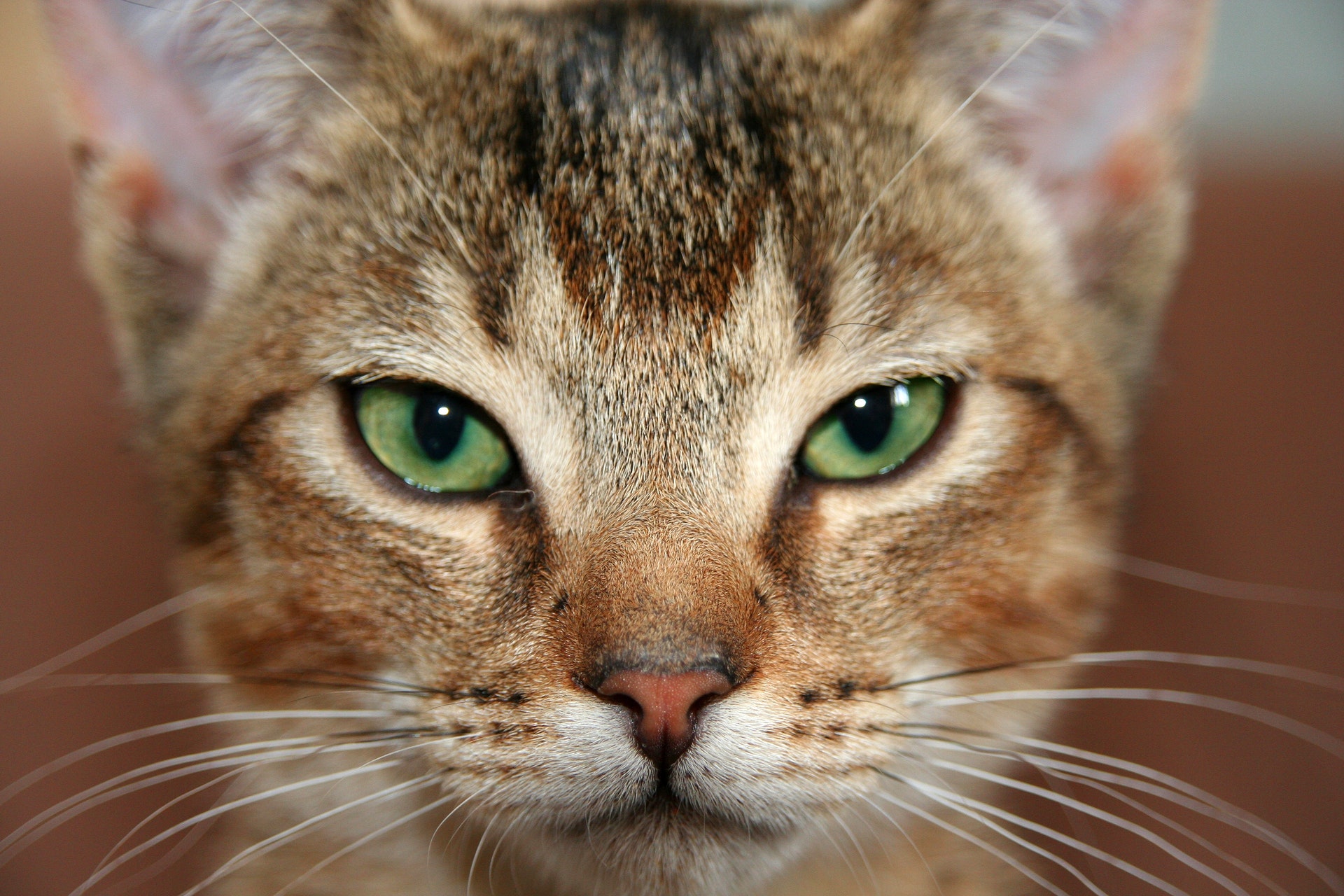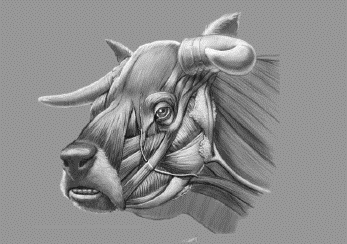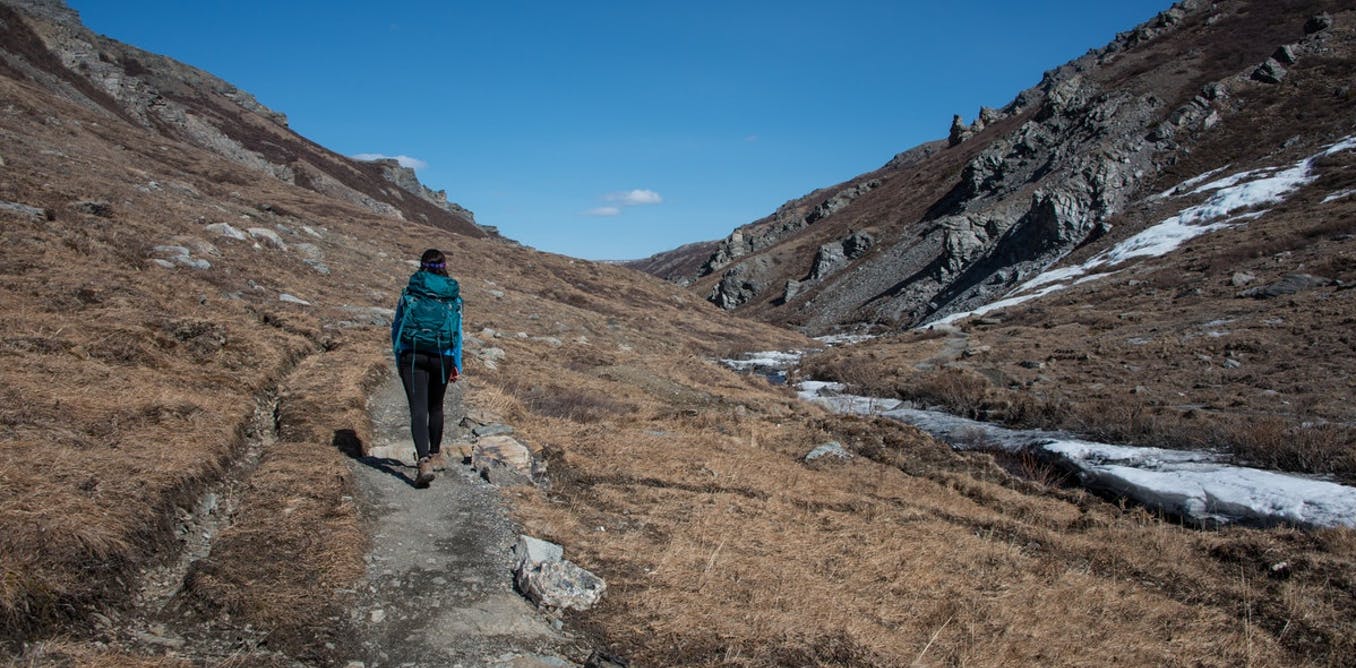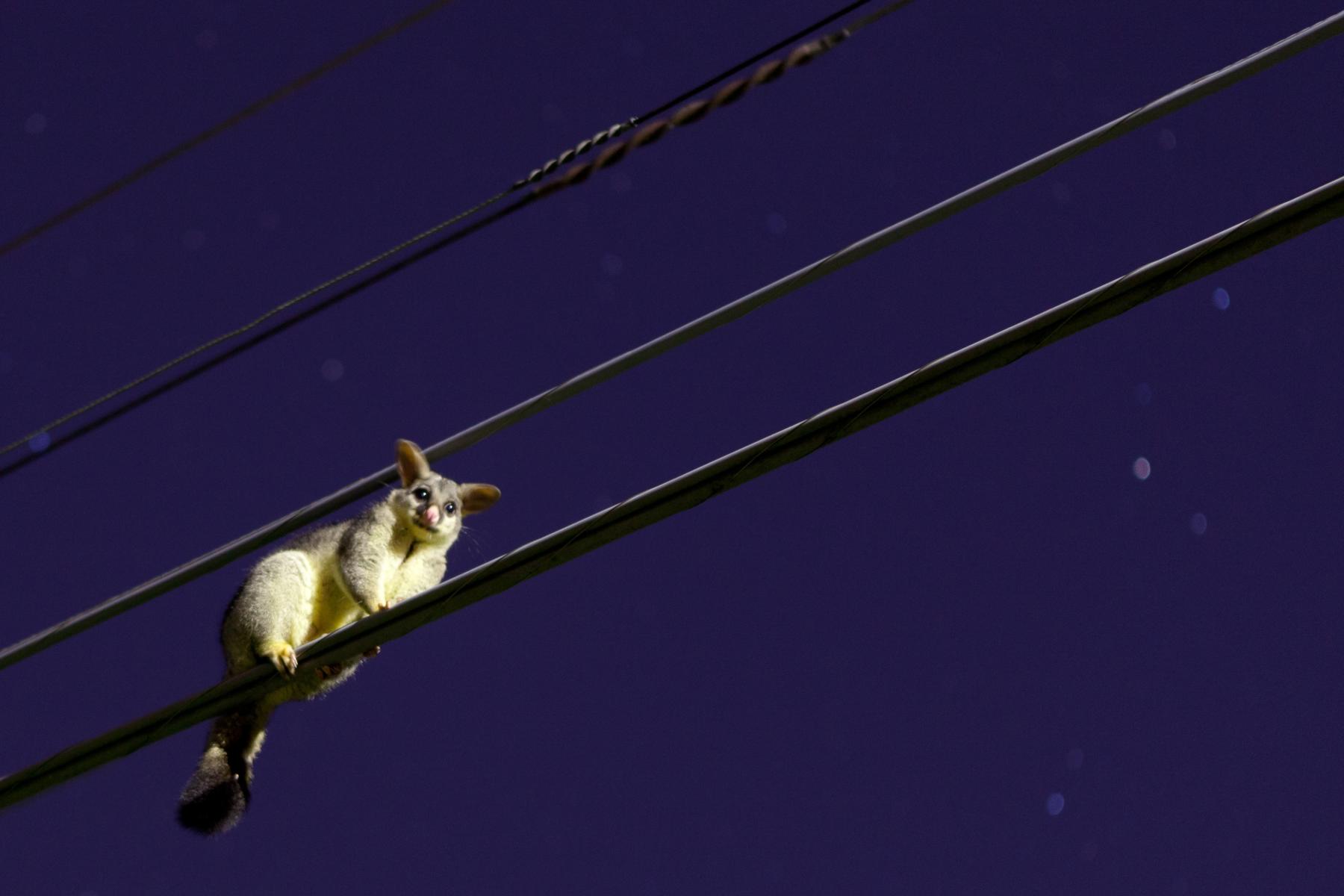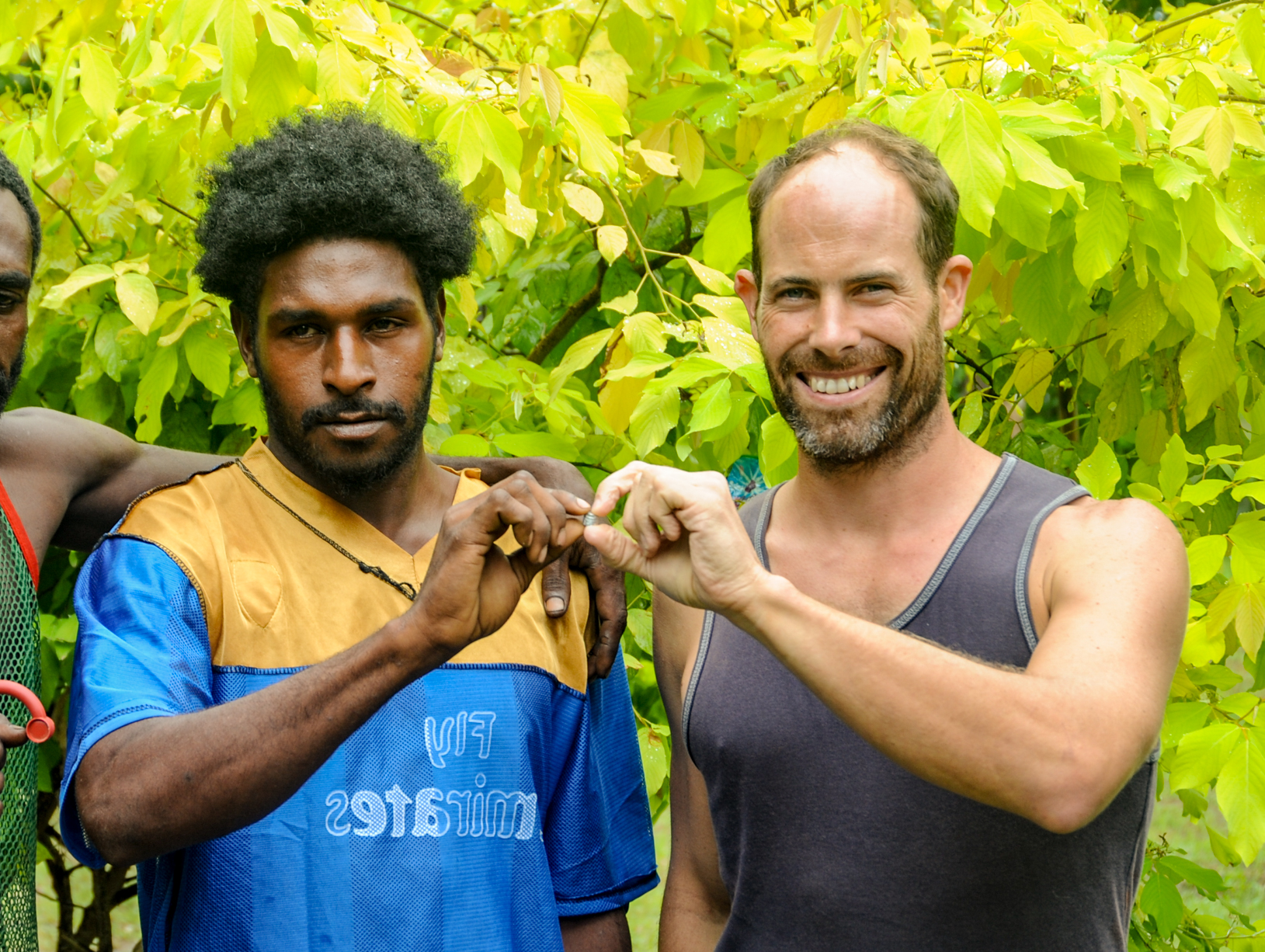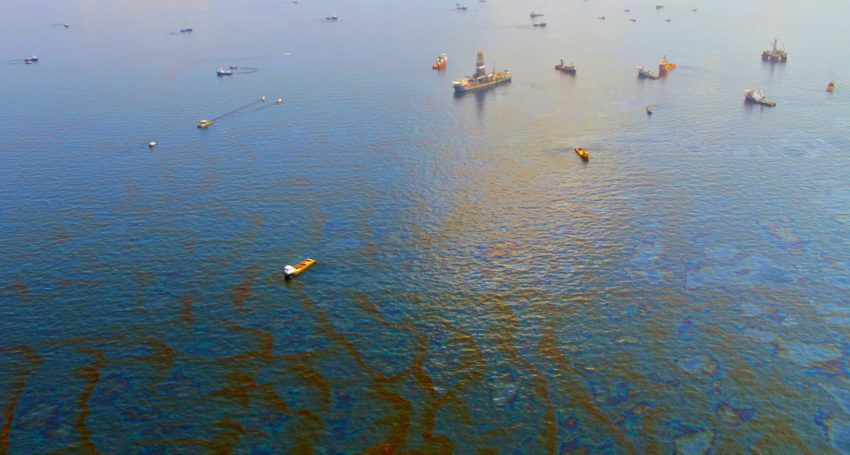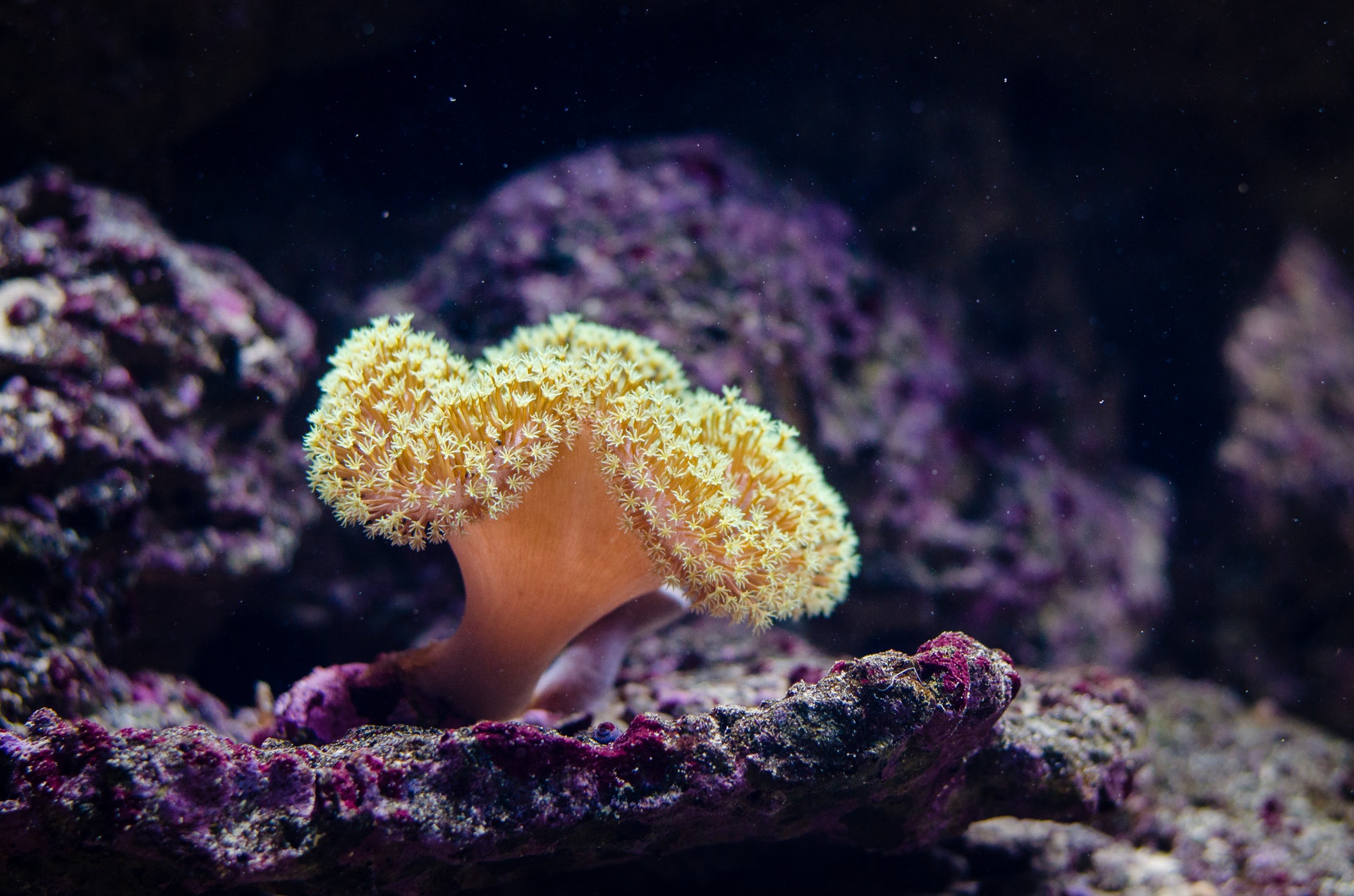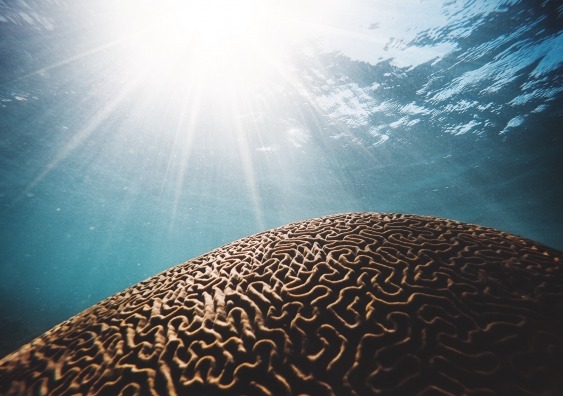-
Feral cats kill 650 million Australian reptiles every year
Open Forum | June 26, 2018Australian cats are killing about 650 million reptiles per year, according to new research published in the journal Wildlife Research. The findings are based on a study of more than 10,000 cat dietary samples that were contributed by researchers from across Australia.
-
Pygmy perches once swam across arid Southern Australia
Open Forum | June 18, 2018Pygmy perches were, at some point in ancient history, able to swim east to west in freshwater in a area of central southern Australia which is now completely dry, suggesting rivers once flowed in areas of the country which are now completely arid.
-
The cow with the face of a bulldog
Isabelle Dubach | June 16, 2018Scientists have used the latest genetic and anatomical techniques to study the remains of a cow with a short face like a bulldog that fascinated Charles Darwin when he saw it in Argentina 180 years ago.
-
Spending time alone in nature is good for your mental and emotional health
Andrew Bobilya | June 10, 2018Spending time alone in nature gives people the space they need to step back and reset their priorities. This in turn helps them re-engage with their relationships and work schedules when they return to their communities.
-
What happens to wildlife in a city that never sleeps?
Theresa Jones | June 10, 2018The soft dim glow of the sunlight reflecting off the moon is now outshone by bright streetlights, security lights and car headlamps in urban areas. These artificial lights can be more than 1000 times brighter than moonlight and their biological impact is increasingly visible.
-
The future is fenced for Australian animals
Michael Bode | June 2, 2018Around the world, from New Zealand to Hawaii to South Africa, fences protect native animals from feral predators. Australia’s long fences also offer refuge to species that are long-gone from our national parks and wilderness areas.
-
It’s a small world for migratory birds
Andrew Peters | May 12, 2018Saturday, May 12 is World Migratory Bird Day and Dr Andrew Peters offers a unique perspective of their ecological importance based on his years of research in northern Australia and Papua New Guinea.
-
Australian sponges made from waste can soak up oil spills
Freya Langley | April 24, 2018Australian scientists have developed a reusable sponge-like polymer to efficiently soak up environmentally damaging oil spills in the world’s oceans.
-
Hacking the reef
Open Forum | April 21, 2018Queensland’s innovation festival Myriad is hosting a ground-breaking creative think tank today to find solutions to the problem of plastics and other marine debris despoiling the Great Barrier Reef.
-
The threatened species in our urban jungle
Kylie Soanes | April 20, 2018Far from being a biodiversity wasteland, our sprawling conurbations are home to some of Australia’s most threatened species. While some have already been lost, others can still be nurtured to maintain a toe-hold for nature in an increasingly man-made environment.
-
Marine heatwaves are getting hotter, longer and more frequent
Alvin Stone | April 15, 2018Marine heatwaves have increased over the past century as a direct result of warming oceans, with significant impacts on biodiversity, fisheries, tourism and aquaculture.
-
Australia’s 2017 environment scorecard – Too hot to handle?
Albert Van Dijk | April 13, 2018Record-breaking temperatures stressed our ecosystems on land and sea in 2017, according to our annual environmental scorecard. Unfortunately, it looks like those records will be broken again next year – and again in the years after that.

